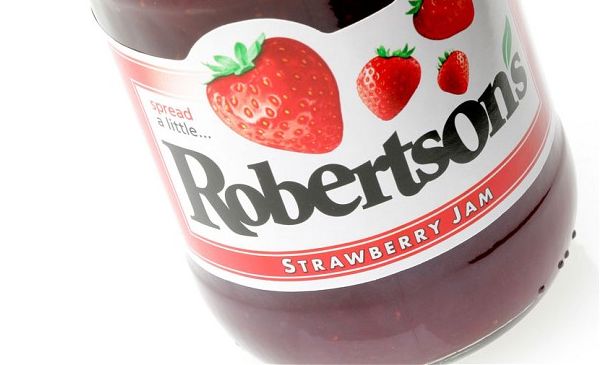
James Robertson launched his family jam business in 1864, after his wife, Marion, began making marmalade at their local shop in Paisley, England. Jams and mincemeat followed, and Robertson’s became the leading brand of British preserves for most of the 20th century. Premier Foods acquired the Robertson’s brand last year when it swallowed up RHM. This week Premier announced its new strategy for its prized jam acquisition in 2009 – kill it. Quick.
By the end of next year, Robertson’s will have disappeared forever from British tables. Cue an avalanche of media stories about the fall of another great British institution, letters to the Daily Mail about the end of society as we know it, and a long line of generic brand consultants, shaking their heads and offering insight on where it all went wrong and how the brand could – and should – have been saved.
Don Williams, chief executive of brand ID consultants Pi Global, was especially emotional, telling The Grocer, ‘The decline of Robertson’s has been a particularly sad affair. This once-great, iconic British brand has, in my view, been systematically dismantled.’
You need a new dance, Don – the music has changed. Ten years ago, the Robertson’s story might have been one of strategic error, but the world of branding is changing faster than many industry experts can keep up with.
Consider the dire straits companies such as Premier Foods find themselves in. The once-mighty food group may be only months away from a financial melt-down. How would you feel if you owed 10 times more than you were worth and the bank was ringing you to come in for a chat? That’s the dilemma for Premier, which has a market capitalization of $200m and debts of more than $2bn. Its priority is to reduce its debt and streamline its business before its bankers shut it down. Killing brands, particularly when your portfolio includes similar, stronger offerings, such as Hartley’s Jam, makes more sense than trying to maintain double the marketing and production costs.
Also, consider the market. Yes, Robertson’s is the number-three brand in a category led by Hartley’s. If this were 1995, we would run both brands and have a fantastic business. But it’s 2008 and the maxim of ‘don’t be caught in the middle’ applies to jam, as much as other recession-ravaged categories.
On top are the super-premium jams such as Bonne Maman and Tiptree, both of which have enjoyed double-digit annual growth for years. Below are the private-label jams that have grown from nothing to now account for a third of the total value of the category. Consumers are either clinging to life’s little luxuries and trading up, or saving a few valuable pence and trading down. Either way, they are deserting the middle ground. Time to kill the weaker brand, and focus Premier’s limited resources on the stronger leader brand.
Marketers must wake up and smell the napalm. The world of brand strategy has changed completely in the past six months, but many of you are still living in 2007, when we launched brands, marketing budgets were full and companies had seemingly unlimited sums of money. All that is gone, and not coming back any time soon.
Anyone who even suggests launching a new brand, especially in retail, in 2009 should be taken out into the car park and ‘retrenched’. Killing is the new creating. The only way to build value in the year ahead is to destroy weak brands. Marketers must now put down their paintbrushes and learn to love the knife. Throw away the little Buddha statue on your office PC, and put up a poster of the great god Shiva!
The Blake Project Can Help You Grow: The Brand Growth Strategy Workshop
Branding Strategy Insider is a service of The Blake Project: A strategic brand consultancy specializing in Brand Research, Brand Strategy, Brand Growth and Brand Education




